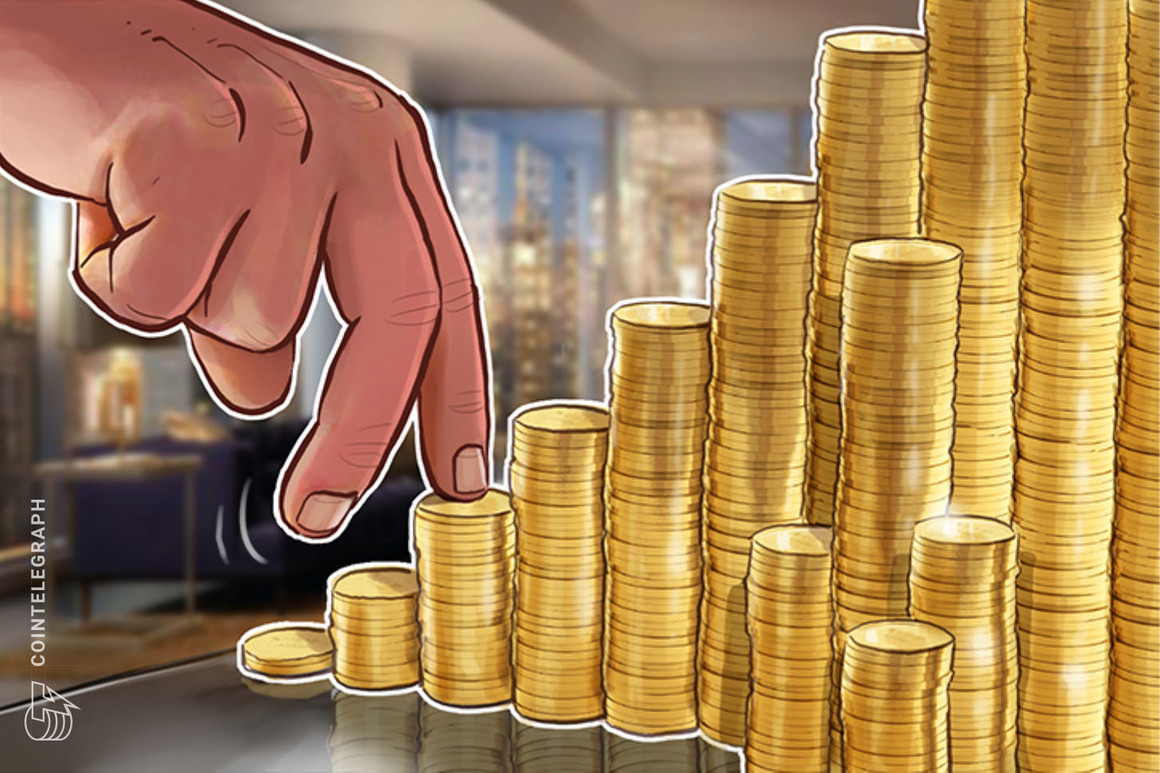Grayscale Investments’ GBTC Bitcoin Trust has been under the heat for the last couple of weeks as it traded below the BTC equivalent for each share. The instrument trades on over-the-counter markets and is by far the largest listed cryptocurrency asset.
Periodically, the private-placement offerings for GBTC shares are temporarily closed, as well as similar products offered by Grayscale Investment such as the Ethereum Trust. As of March 7, both GBTC and the Digital Large Cap Fund (GDLC) are under such periods.
The fact that the only investment vehicles containing Bitcoin (BTC) have temporarily closed their issuance and the timing of the pause seems a bit odd as GBTC reached a record-high 15% discount to the BTC-equivalent for each share on March 5.

GBTC shares used to trade above the equivalent BTC held by the trust, an effect caused by the excess retail demand. Meanwhile, institutional clients were able to buy shares directly from Grayscale at par.
This demand-instability created an arbitrage opportunity where clients could buy at par directly from Grayscale Investments, hold their shares for the 6-month lock-up period, then sell them on secondary markets with a premium attached.

This strategy yielded excellent results as the GBTC premium over its BTC equivalent content ranged from 5% to 40%. It is worth noting that excess demand on secondary markets caused this imbalance, as non-accredited investors are unable to directly access Grayscale’s private offers.
On Feb. 27, this situation changed abruptly as the GBTC premium turned into a discount. At the time BlockFi’s cryptocurrency lending wing and the Three Arrows Capital arbitrage desk held over 5% of the outstanding shares according to the U.S. Securities and Exchange Commission rules that require this disclosure.
This means, if either one of the above liquidated a significant position, their move will be made public. Regardless of who was behind the abrupt selling pressure, it’s important to understand what may have caused it.
Canada’s Bitcoin ETF presented a better product
The recent approval of two Bitcoin exchange-traded-funds in Canada is likely one of the most significant contributing factors that impacted the GBTC premium. The Purpose Bitcoin ETF saw an impressive 11,446 BTC ($584 million) come under management in less than two weeks. While this sum seems insignificant next to GBTC’s $31.2 billion, the ETF offers a better risk-reward, as reported by Cointelegraph.
This is because the Purpose ETF fees are 1% versus the 2% levied by GBTC. Moreover, there is no lock up period and retail investors can attain direct access to buy BTCC shares at a par. Therefore, the emergence of a better Bitcoin investment vehicle seized much of allure that GBTC once possessed.
An increasing number of GBTC are being unlocked
The 36,000 BTC equivalent of GBTC shares issued on August 2020 finished their 6 month lock up in February 2021.

This increase in ‘unlocked’ GBTC represents $1.83 billion at the current $50,900 BTC price and potentially adds pressure to the GBTC shares. This potential impact is relevant even if most of the volume is closing a premium arbitrage trade by purchasing a BTC futures contract while selling the GBTC shares.
Even though BTC futures are liquid enough to absorb this volume, GBTC shares could see lower retail demand because of the previously discussed ETF effect. Not to mention, the negative sentiment that followed after BTC hit the $58,300 top on Feb. 21, and then dropped by 26%.
Nevertheless, the 15% GBTC discount seen on March 5 versus its BTC-equivalent does not seem sustainable. Even if there is currently no way for a market maker to buy those shares and convert them back to BTC, Grayscale Investments could buy them back and profit from the difference.
As things currently stand, GBTC holders are not likely to panic sell during this unusual circumstance. On the other hand, those waiting for a 5% or higher premium to re-emerge will likely be disappointed as the Canadian ETF seems a better product for retail investors.
The views and opinions expressed here are solely those of the author and do not necessarily reflect the views of Cointelegraph. Every investment and trading move involves risk. You should conduct your own research when making a decision.
